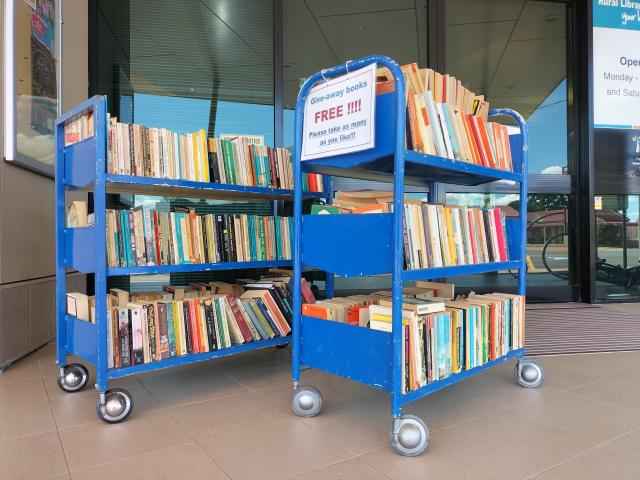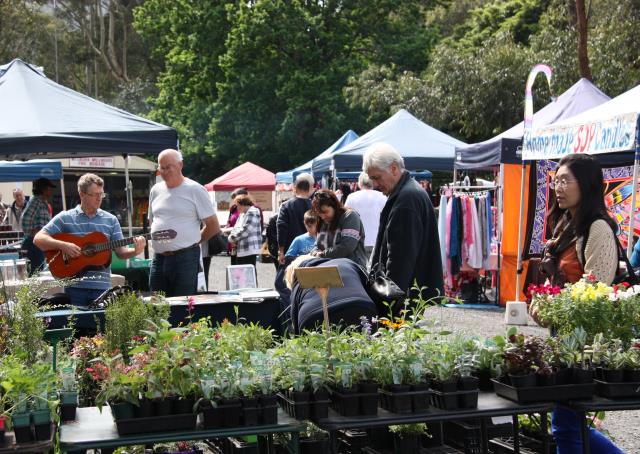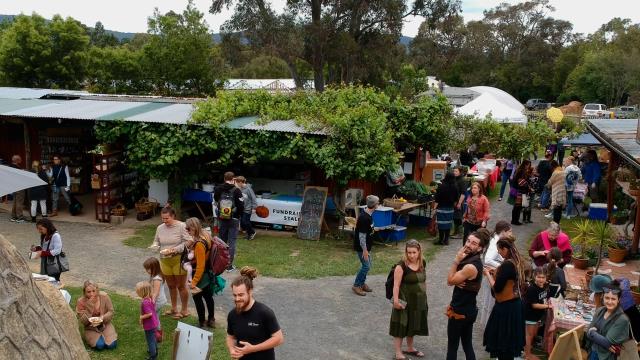A review of South Flows the Pearl: Chinese Australian Voices by Mavis Gock Yen
South Flows the Pearl: Chinese Australian Voices is a book of oral history. The word “pearl” refers to China’s Pearl River, as the history of Chinese Australia started in the 1850s with gold diggers arriving from the Pearl River Delta in today’s Guangdong Province.
The twelve individuals interviewed for this book were “everyday people from the Australian Chinese community” under the White Australia policy. Designed to forbid people of non-European ethnic origin from immigrating here, the policy reduced our Chinese population from 30,000 in 1901 to around 10,000 after 1949.
Compare that to the 2021 census results, where 1,390,637 Australian residents or 5.5% of our population identified themselves as having Chinese ancestry. The average Australian would most likely know a Chinese person as a friend, neighbour, colleague or family member.
Which is why this book is unique, as it documents the stories of Chinese Australians – as told by themselves – from a bygone era and one of the darker chapters in our nation’s history. Like her interviewees, the author Mavis Gock Yen was herself a dinki-di Australian. Born in Perth in 1916 to a Chinese immigrant and his Australian wife, she had lived in China and Australia, attending high school in Shanghai and receiving her teaching qualification in Sydney. In 1939 she moved to Hong Kong as a teacher. Following the arrival of Japanese troops in December 1941, she escaped via a 3,000-kilometre journey on foot and by river boat, truck and train to Chongqing, China’s wartime capital, in March 1942.
Mavis helped the British Embassy in Chongqing look after refugees from Hong Kong. After the war, she stayed to help reviving China’s manufacturing industries and to teach English to mature-aged students, many of whom were journalists in Beijing.
When Mao Zedong unleashed the Cultural Revolution in 1966, Mavis was expelled to the
countryside for “re-education”. Due to her Australian background, she was forced to self-criticise as a “suspected foreign counter-revolutionary” – despite the fact that she had been conscientiously helping to build the New China during the previous 20 years.
It was then that Mavis began to critically examine her identity. Australia or China – where did she fit in? Why was it that she was considered a foreigner in both the countries she called home? These questions inspired her interest in the life stories of other Chinese Australians after her return to Canberra at the age of 65 in 1981.
As a personal project – with neither professional nor academic support – Mavis preserved approximately 45 hours of precious Chinese Australian history on some 41 cassette tapes between 1987 and 1995. Then, using a manual typewriter, she meticulously transcribed those tapes and edited the responses of her interviewees into first-person narratives.
Sadly, Mavis died in 2008 before this book was produced. But her work remains invaluable as a record of the voices of those members of our Australian Chinese community who had direct links to the first wave of Chinese immigration to Australia since the mid-19th century.







